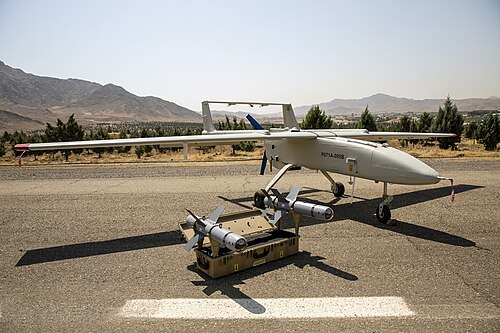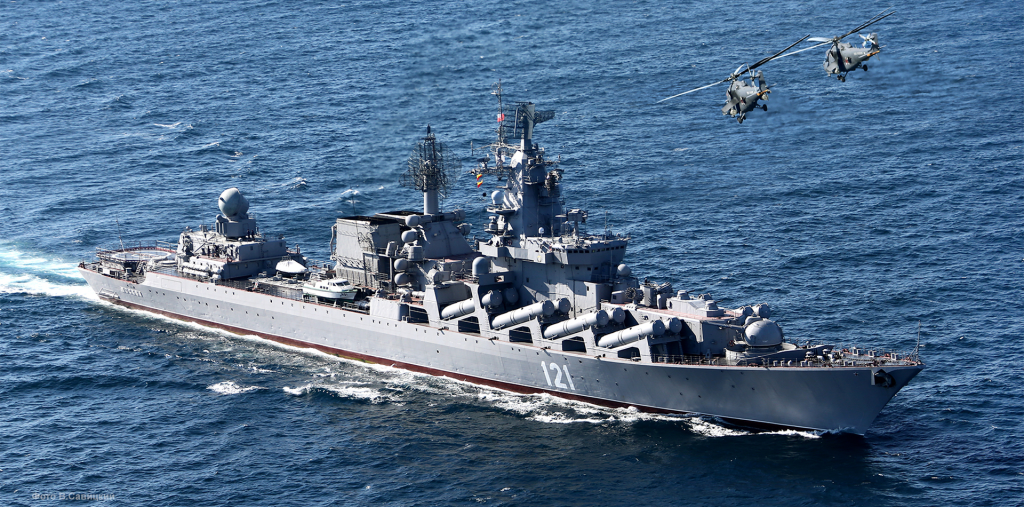
Was this the most expensive single loss of drones for Russia in months? On August 21, the Ukrainian military targeted the airbase in occupied Crimea, the military base outside Sevastopol that housed some of the most advanced unmanned air systems in the arsenal in Moscow. The Ukrainian Navy claims that the attack destroyed up to three Iranian-made Mohajer-6 attack drones and two Russian-made For post reconnaissance UAVs systems at the core of the Black Sea attack and surveillance capabilities in the Kremlin.

The attack wasn’t only a tactical victory. It follows a wider Ukrainian campaign aimed at hitting Russian military assets in Crimea and elsewhere with the objective of blunting Moscow’s reconnaissance capabilities and disrupting its cheaply waged drone conflict pattern. Satellite photos, local videos, and military estimates all combine to describe a highly precise, high-prioritized strike with possible strategic dimensions.

1. A Precise Hit on the Kherson airbase
The Ukrainian army reported that its forces had targeted the Kherson airbase on August 21, destroying a building that housed some UAVs. On the Cape Kherson, the base stands in an ideal position for monitoring activities in the Black Sea. Military, the Ukrainian defence magazine, shared satellite photos of the building intact before the attack and in ruins subsequently. Videos from local residents showed secondary explosions and fires, with the Russian government dismissing the explosions as military exercises.

2. High-Value Drones Destroyed
The attack destroyed up to three Mohajer-6 and two For post UAVs, the Ukrainian Navy reported. These are not expendable Shahed-like loitering projectiles; they are reusable multi-role UAVs. The Mohajer-6, revealed first in 2017, represents an Iranian export hit with the capability of delivering Qaem-5 or Sadid-345 guided bombs and even rocket launchers in the form of the Hydra. The For post, built in license from the Israel’s IAI Searcher, operates mainly in the intelligence, surveillance, and reconnaissance roles but can be armed in some variations.

3. A Blow Worth Tens of Millions
The economic effect of the strike can be dramatic. In 2022, the Molar Intelligence Institute put the price tag for each Mohajer-6 at $11.66–17.9 million, while the price for a For post stands at about $6 million. If Ukrainian reports are correct, Russia could potentially lose up to $66 million in a single mission. The contrast with the low-budget attrition type in the style of Shahed-type drones, costing about $35,000 each and meant for mass use, stands in sharp contrast.

4. Disrupting Black Sea Surveillance
Both the For post and Mohajer-6 UAVs have been employed widely in tracking Ukrainian naval activity and coastal defences. The Ukrainian Navy reported these respective drones were assigned the mission of tracking the Black Sea’s surface movements, a job essential to the ability of Russia targeting such assets as Ukraine’s Bastion coastal missile systems. Eliminating these assets can blind parts of Russia’s marine situational awareness on a temporary basis.

5. Coverage in a Broader Strike Campaign
The attack at the Kherson’s is part of a wider Ukrainian campaign to target Russian military assets deep in occupation zones. Over the past few weeks, Ukrainian forces have hit oil pumping stations in Bryansk Oblast, ammo depots in the Donetsk, and UAV launch sites at the devastated Donetsk Airport. Those operations are designed to stretch the Russian defences, lower the reaction time for launches, and decrease the economic efficiency of the Russia’s deep-strike capabilities.

6. The Cost-Effectiveness Str
Shahed-type one-way attack UAVs are used widely due to their low cost and potential to overwhelm Ukrainian air defences. Nevertheless, the elimination of high-end reusable UAVs such as the Mohajer-6s and For posts diminish the economic benefit. Even though the Shaheeds are rapidly replaceable, producing them domestically or importing high-end ISR and strike UAVs takes longer and costs more, particularly with sanctioning key components.

7. Strategic and Psychological Effects
Beyond the direct material effect, the attack also carries a message about Ukraine’s intrusion into highly defended areas of Crimea. It demonstrates the susceptibility of high-priority Russian targets in rear-area bases and can lead Moscow to rethink UAV basing procedures. On the part of the Ukrainian military, such operations also raise morale and tell the story that precision attacks can yield disproportionate strategic dividends.

The damage at the airbase at Kherson’s illuminates one critical dynamic in the Ukraine-Russia conflict: the competition reaches beyond geography and embraces the survivability and value-for-money qualities in high-end military equipment. If Ukraine refines the skills of hitting high-value targets, then Russia must grapple with the defence of valuable assets in a fight space in which range no longer offers sanctuary.

